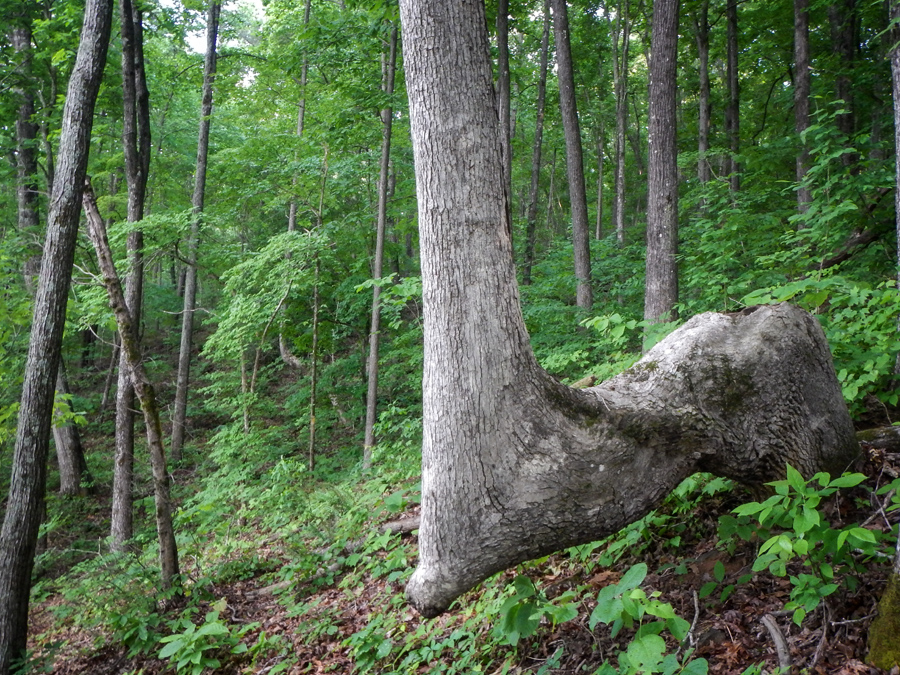Recently, I found an Indian Tree. Last Saturday, we paddled back out to verify it, and I prevailed even though the weather did not want to cooperate. When we left the boat ramp, the sun was out and the sky was filled with white puffy clouds. A good sign, right. Well, the weather quickly changed.
Within minutes a storm from “nowhere” began to close in on us. Briefly, we had an option: turn back or paddle on.
Even though there was plenty of dark sky over our shoulders, we paddled on.
Every once in a while, I take a photo of myself simply because others rarely do, and I need to be able to say, “I was there, too!”
As I was messing around with the camera, I noticed the first few rain drops on the water. Then suddenly, the rain was on top of us. So, the quest became not to turn back but instead to find shelter! There was none. We were in an open lake surrounded by trees.
No worries there was really not any lightening associated with this shower—well, maybe a little along with a small rainbow.
After the rain passed, I relocated the Indian Tree exactly where I thought it would be. I’m now being told that this particular tree “is a Marker Tree, which may be connected with an Indian Ceremonial site and with the Indians that lived in Tugaloo.”
From what I have read, you should be able to see the actual ridge where the Cherokee tied a hemp rope line to the ground forcing the tree to be bent. I see that on the side of this tree. It even has the “nose” that the Indians shaped and often filled to prevent it from rotting. Just wow! But I have been asked to never disclose the actual location because the tree could be damaged.
Indian Trees where used by the Cherokee to mark many things like pathways, locations of water sources, and also hunting areas. Nothing has ever been built on this hillside. It’s in native woods. Plus, the tree is a white oak. The Cherokee loved to use oak saplings as marker trees because they would bend without breaking. Today, the location of Indian Trail trees is kept private to protect the tree and the history it offers. Here’s where you can learn more: Mountain Stewards.
After that spectacular find, we located a small river that flows into this private lake along with natural wetlands. This is proof that there are places and things in Stephens County still waiting to be discovered.














https://youtu.be/i5y3Oe9PEpk
http://mountainstewards.org
This is the link that I gave readers in the article.